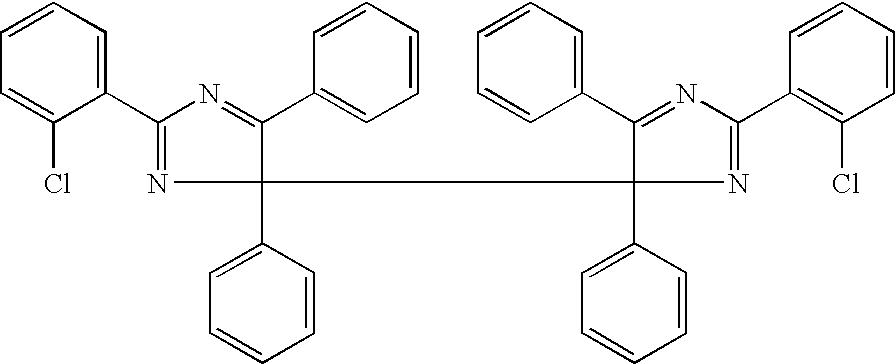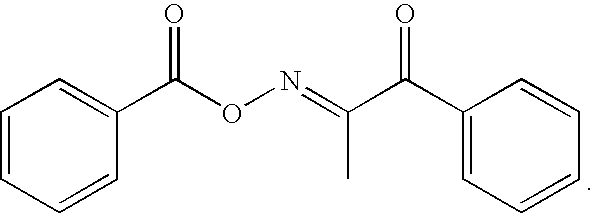White inkjet ink improved for dispersion stability
a technology of dispersion stability and inkjet printing, which is applied in the direction of inks, instruments, measurement apparatus components, etc., can solve the problems of poor storage stability of ink, clogging of inkjet printhead nozzles, and drastic reduction of sedimentation
- Summary
- Abstract
- Description
- Claims
- Application Information
AI Technical Summary
Benefits of technology
Problems solved by technology
Method used
Image
Examples
example 1
[0375]This example illustrates how sedimentation problems in inkjet printing can be strongly reduced by using higher concentrations of TiO2 in a white inkjet ink and by adjusting the temperature of the white ink in function of its demand for printing.
Preparation of White Pigment Dispersion
[0376]Concentrated white pigment dispersions W1 and W2 were prepared according to Table 3.
TABLE 3wt % of:W1W2TR5250.050.0SOLSPERSE ™10.010.036000GENORAD ™ 161.01.0VEEA39.0—IBOA—39.0
[0377]The concentrated pigment dispersion W1 was made by mixing 500.0 g of the white pigment TR52, 20.0 g of a 50% solution of the inhibitor GENORAD™ 16 in VEEA and 333.3 g of a 30% solution of the polymeric dispersant Solsperse™ 36000 in VEEA for 30 minutes using a DISPERLUX™ Laboratory Dissolver YELLOW075 from DISPERLUX S.A.R.L., Luxembourg. This mixture was subsequently milled in an Eiger Lab Bead mill (from EIGER TORRANCE Ltd.) using yttrium-stabilized zirconium oxide-beads of 1-1.6 mm diameter (“high wear resistant ...
example 2
[0389]This example shows an inkjet ink set which has been optimized for jetting with Nova 256 / 80 AAA printheads (available from FUJIFILM DIMATIX) at a jetting temperature of 40° C.
[0390]Printheads in inkjet printers are normally all operated at the same temperature, which simplifies not only the requirements for a temperature control system, but also results in a better image quality in radiation curable inkjet printing since the curing speed is influenced by differences in ink temperature.
[0391]The multi-density inkjet ink set consists of a neutral black ink (K), a magenta (M) and a light magenta (LM) ink, a cyan (C) and a light cyan (LC) ink and a yellow ink (Y) composed as shown in Table 10 and the white inkjet ink INK-3 (composition see Example 1).
TABLE 10in wt % of inkKMLMCLCYDPGDA60.9260.8032.9423.7933.3641.20SR900320.0020.0050.0060.0050.0041.40PBlack71.54—————PV190.553.600.51———PB15:3 (A)0.55—————PB15:3 (B)———1.170.17—PY150—————1.80S390002.641.800.251.170.171.80S 5000———0.060...
PUM
 Login to View More
Login to View More Abstract
Description
Claims
Application Information
 Login to View More
Login to View More - R&D
- Intellectual Property
- Life Sciences
- Materials
- Tech Scout
- Unparalleled Data Quality
- Higher Quality Content
- 60% Fewer Hallucinations
Browse by: Latest US Patents, China's latest patents, Technical Efficacy Thesaurus, Application Domain, Technology Topic, Popular Technical Reports.
© 2025 PatSnap. All rights reserved.Legal|Privacy policy|Modern Slavery Act Transparency Statement|Sitemap|About US| Contact US: help@patsnap.com



